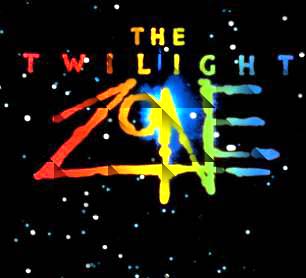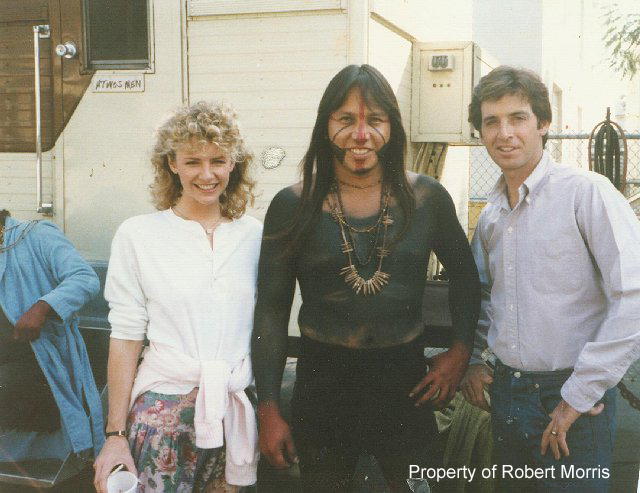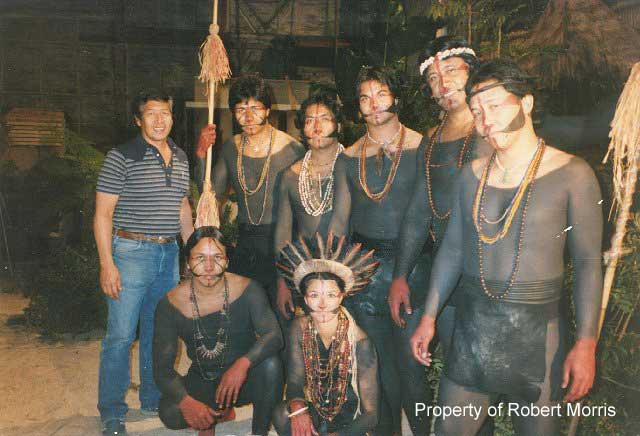 |
||||||||||||||||
|---|---|---|---|---|---|---|---|---|---|---|---|---|---|---|---|---|
| Story by Gerrit Graham and Chris Hubbell | ||||||||||||||||
| Directed by Peter Medak | ||||||||||||||||
| Original Airdate - January 3, 1986 | ||||||||||||||||
|
||||||||||||||||
| Story: | ||||||||||||||||
|
||||||||||||||||
"Still Life" was broadcast in the middle of the first season. It is a fanciful, well-crafted episode that I've always liked. The premise is interesting and rather charming: Taking a picture of someone captures their soul. I have not found any parallel yet in real life society, but I'm sure there must have been an obscure tribe somewhere that once believed in it. I might think it's charming, but to a completely isolated, primitive tribe the concept would have been one of great power with horrifying consequences, and that's the genius behind the story. It was based on an original story by Gerrit Graham and Chris Hubbell. Gerrit Graham has always been a favorite of mine, thanks to his role in "Used Cars," and I've always felt his talents were underappreciated. The writing is clear and concise though not spectacular. It's a better than average episode, in my opinion, with an interesting premise, executed well. The two leads, Robert Carradine and Marilyn Jones, are more than adequate in their roles. Jones is animated and does a good job filling in little details about their married life. Robert Carradine is straightforward and likable, and even does a decent job in the fight scenes with the Indians. The remarkable John Carradine, in (as far as I can tell) his last TV role, is a welcome addition to this episode. As the now-elderly professor, who went on the jungle expedition in 1913 as a boy, he provides the link to the past that the episode must have to work. And with his long career in horror films behind him, we have an idea that something about those pictures will be wrong, even before he says it; such is the power of his amazing presence. Carradine was 79 years old when he appeared in this episode and naturally his acting is not what it was when he was younger, but it's great to have such a legend in the new Twilight Zone. Carradine is also another great actor who appeared in the original Twilight Zone episode, "The Howling Man." The actors who played the Curacai were very effective. They have no lines, but they convey menace and danger all the same. Robert Morris, who played one of the Curacai on the episode, sent me several photos taken during filming, and related some of his memories of the shoot, for which I sincerely thank him.
Marilyn Jones, Robert Morris and Robert Carradine, on the set of "Still Life." Robert says that the episode "was shot in Monrovia, California in this beautiful home, and we tried our best to keep from breaking anything when we came to life after the film was developed. It was lots of fun shooting this, but the oil base paint (they used for our makeup) was a pain to get off." :-)
Robert Morris (lower left), and the "Amazonian Indians" of "Still Life." Robert tells me that Jeff Imada is on the far right; Jeff was in "Big Trouble in Little China," and, like the rest of the people in this picture, is still actively working in films. |
||||||||||||||||




